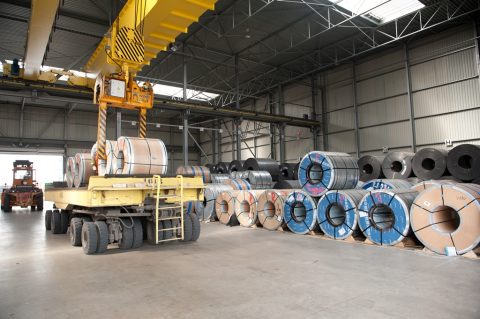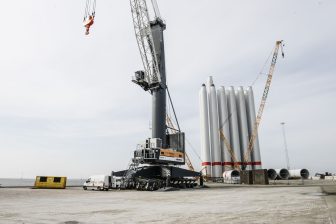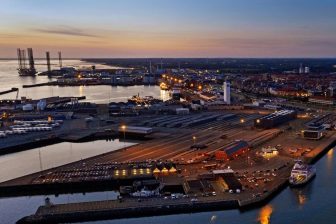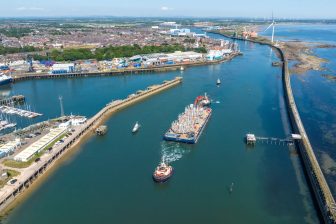
Port of Antwerp sees decline in breakbulk stabilize
The total freight volume handled by Port of Antwerp was up 0.7% in the first half of 2019. Strong cargo volumes in June boosted both the container and dry bulk throughput, while also stabilising the breakbulk volume.
Although the growth of total volumes is only small, it represents another record halfyear, the port authority states. The continued growth in the number of containers and the volume of dry bulk in particular compensated for the decline in other, more market-sensitive sectors such as liquid bulk and breakbulk. This was achieved despite the slow-down in European growth and uncertainty in the market, Port of Antwerp notes.
Breakbulk
Better months in May and June were also good news for breakbulk handling. After six months, the total breakbulk volume stabilised, showing a decline of 1.7% in comparison to the end of the first quarter. Slight growth in ro/ro volumes compensated a drop in conventional breakbulk handling.
Conventional breakbulk volume was down 3.2% compared to the first half of 2018. That is, however, an improvement compared to the first quarter when iron and steel shipments were down 5%. The decline in conventional breakbulk was eased by better iron and steel exports, the port explains.
The ro/ro volume for its part expanded by 3.2% in the first quarter and then flattened out to growth of just 0,9% for the first six months. That decline was caused by a significant decrease in new rolling stock, which was down by 7.9% in the second quarter and 6.3% in the first six months. This is in line with the global trend towards lower vehicle production, the port states. On the other hand, the volume of second-hand cars rose by 15.5% in the second quarter and 10.1% in the first half-year.
Containers
Container handling was boosted by greater transhipment volumes. In both April and May the container throughput soared to record levels reaching more than 1 million TEU in the two months combined. The peaks in April and May brought the growth rate to +4,9%, thanks mainly to more transhipment to and from all trading regions with the exception of South America. Transhipment trade with the Far East scored the best, with double-digit growth of 11.7%.
“Container throughput continues to expand, which is good news for our leading position in the worldwide logistics chain. However, achieving the desired modal split remains a focus of attention. Ongoing efforts are aimed at getting more containers carried by rail and barge,” Port of Antwerp CEO Jacques Vandermeiren says in response to the interim results.
Dry bulk
The dry bulk volume managed to reverse a drop of 8.8% at the end of the first quarter, turning it into a rise of 8.7%. This was despite 8% less fertiliser, 25.7% less ore and 6.5% less sand and gravel being handled. The figures for coal by contrast were four times higher than in the same period last year, while the volume of scrap rose by nearly 10%.
Liquid bulk
Despite some relatively strong months in May and June, liquid bulk experienced a drop of 6.4%, following a drop of 8.2% at the end of the first quarter. The volume of crude oil expanded by 3.2%, while there was a similar expansion of 5.4% in the volume of chemical products. On the other hand the volume of oil derivatives did not recover substantially during the second quarter. After three months the figure was 11.9% below the level of the previous year, and after six months it was still 10.9% below. The slowdown in economic growth and large fluctuations in oil prices caused uncertainty among traders. Port of Antwerp did day it sees hopeful signals as tank storage company Standic recently announced an investment of 200 million euros for a new storage terminal for chemical products.
Seagoing ships
The number of seagoing ships calling at Antwerp in the past six months was 7,200, down just 0.1% on the same period last year. The gross tonnage of ships anchoring in the port was up by 0.6%, to 209,283,498 GT.
Annick De Ridder, the alderman for the port, concluded: “Antwerp is continuing on its growth trajectory despite the current international climate. We are particularly proud that once again we have been able to achieve record figures in important segments. These figures once more underline the need for additional container capacity. I am fully convinced that together with our port companies and other partners we will continue along this growth path.”
You just read one of our premium articles free of charge
Register now to keep reading premium articles.




